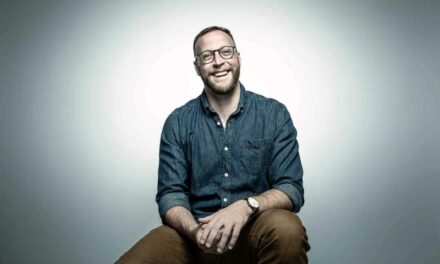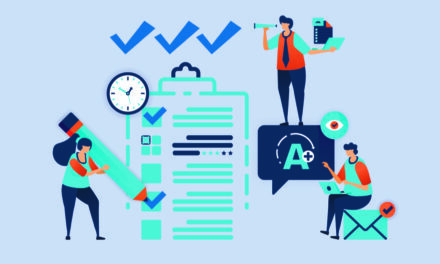Copyright lawsuits have become commonplace for YouTube. People post videos without the right to do so, leaving YouTube to clean up the mess before the video-sharing site finds itself embroiled in yet another, much larger, legal mess. Some, like Brian Banner, a Washington, D.C., attorney who specializes in copyright law, believe that YouTube may be a bit lax up front. He says: “Service providers like YouTube don’t want to exercise any control. They just want to provide a service without verifying what the content is.” Lately, though, YouTube has found itself facing a whole new slew of legal issues beyond copyright, which may force the site to take control over its content.
This past August in Thailand, Thai censors finally lifted a 5-month, countrywide YouTube ban. The censors were originally put in place because some material posted on the site was deemed insulting to the Thai king. The ban was lifted on a conditional basis. If Thai censors find a video on YouTube that they believe to be inappropriate per Thai standards, the censors will notify YouTube, and if YouTube agrees that the material is against Thai law, YouTube will block said material from Thai viewers.
YouTube recently received hundreds of complaints from a German government agency about posted videos that included Nazi imagery and promoted racism. YouTube responded by removing all of the objectionable videos from its site, rather than only blocking German viewers’ access.
Here in the United States, where “questionable” content surrounds us on a near-constant basis, one might think that copyright laws are the extent of YouTube’s woes. Americans, after all, have the First Amendment, which protects us from censorship and allows us to freely express our beliefs, no matter how unpopular they may be. What the First Amendment fails to do, however, is protect us from ourselves.
Take the Columbus, Ohio, cop, for example, whose YouTube video post resulted in her reassignment. In August, Susan Purtee, a 15-year veteran of the Columbus police force, was seen on YouTube blaming the Jewish population for problems in the United States. Following the incident, Purtee was reassigned to a non-enforcement position, and Columbus Mayor Michael Coleman commented, “While we respect the right of free speech, we also demand that every officer meet the highest standard of conduct on and off the job.”
Also in August, an unnamed 19-year-old boy was arrested after allegedly posting a YouTube video of himself driving at speeds topping 140 mph. Another YouTube video left a group of teenagers answering authorities’ questions after a clip showing the teens trespassing in an old, rundown mill was posted on YouTube.
According to Banner, “The First Amendment is obviously more important than YouTube or anything else on the internet. People claim their right to free speech under the First Amendment, but those rights are limited.” Once you post racist rants or illegal actions on YouTube for all to see, it then becomes an issue of self-incrimination. If you post a video of yourself doing something wrong, it makes denial pretty difficult. In fact, the video could quickly become the most damning piece of evidence in the case against you.
Some of these problems arise from the myth of online anonymity. People create user names on YouTube or bump up their privacy settings on MySpace and then assume that they are hidden behind some mysterious, anonymous cloak of protection. However, the truth is that wherever you go and whatever you do during your online journeys, you leave a trail.
YouTube encourages its users to broadcast themselves, but in light of this new wave of litigation, it might not hurt to exercise some inhibition before doing so. The question, however, is if YouTube needs to build inhibitors–content regulation mechanisms–into its network to protect itself . . . and maybe even protect us from ourselves.






